There’s a saying that good things come in small packages, and this rings true with the new Fitbit Inspire 3 — an affordable fitness tracker with a color AMOLED screen, and a fantastic battery life. In a world of huge smartwatch screens and even bigger energy prices, this affordable little tracker is perfect for those looking to take their first steps into fitness, without a huge flashy gadget on their wrist, or a huge dent in their pocket.
The Fitbit Inspire 2 was one of the best cheap fitness trackers on the market, but it was let down by its lackluster display. The new and improved Inspire 3 is the answer to this; the little tracker has had a facelift, but is it worth investing in, and how does it compare to some of the best fitness trackers and some of the best Fitbits on the market? Read our Fitbit Inspire 3 review below to find out more.
Fitbit Inspire 3 review: Price and availability
The Fitbit Inspire 3 costs $99/£84.99. It’s available for preorder, and will be released on September 22, 2022. The Fitbit unit itself is only available in black, but is sold with three different band colors — black, lilac, and morning glow. The wristband comes in two sizes: small, and large. As with all of the best Fitbits, there’s also a range of accessories, including metal bands, and an exercise clip, which allows you to wear the tracker on your clothing during workouts.
Fitbit Inspire 3 specifications
Price: $99.99
Size: 1.5 x 0.7 x 0.5 inches
Display: AMOLED
Water resistance: 164 feet
GPS: No
Battery life: 10 days
The tracker comes with six months of Fitbit Premium — Fitbit’s subscription service that allows you to access more in-depth features, such as deeper sleep analysis data, and Fitbit’s Daily Readiness Score. After six months, Fitbit Premium costs $9.99/£7.99 per month, or $80/£79.99 if you sign up for a year’s membership. Is Fitbit Premium worth it? Here’s the pros and cons.
Fitbit Inspire 3 review: Design
The Fitbit Inspire 3 looks similar to its predecessor when you first get it out of the box — the tracker itself is pretty much the same size, with the same rounded edges. It’s small and neat on the wrist, especially next my Apple Watch 7, and is light-weight enough that you can easily wear it 24/7 without really noticing it.
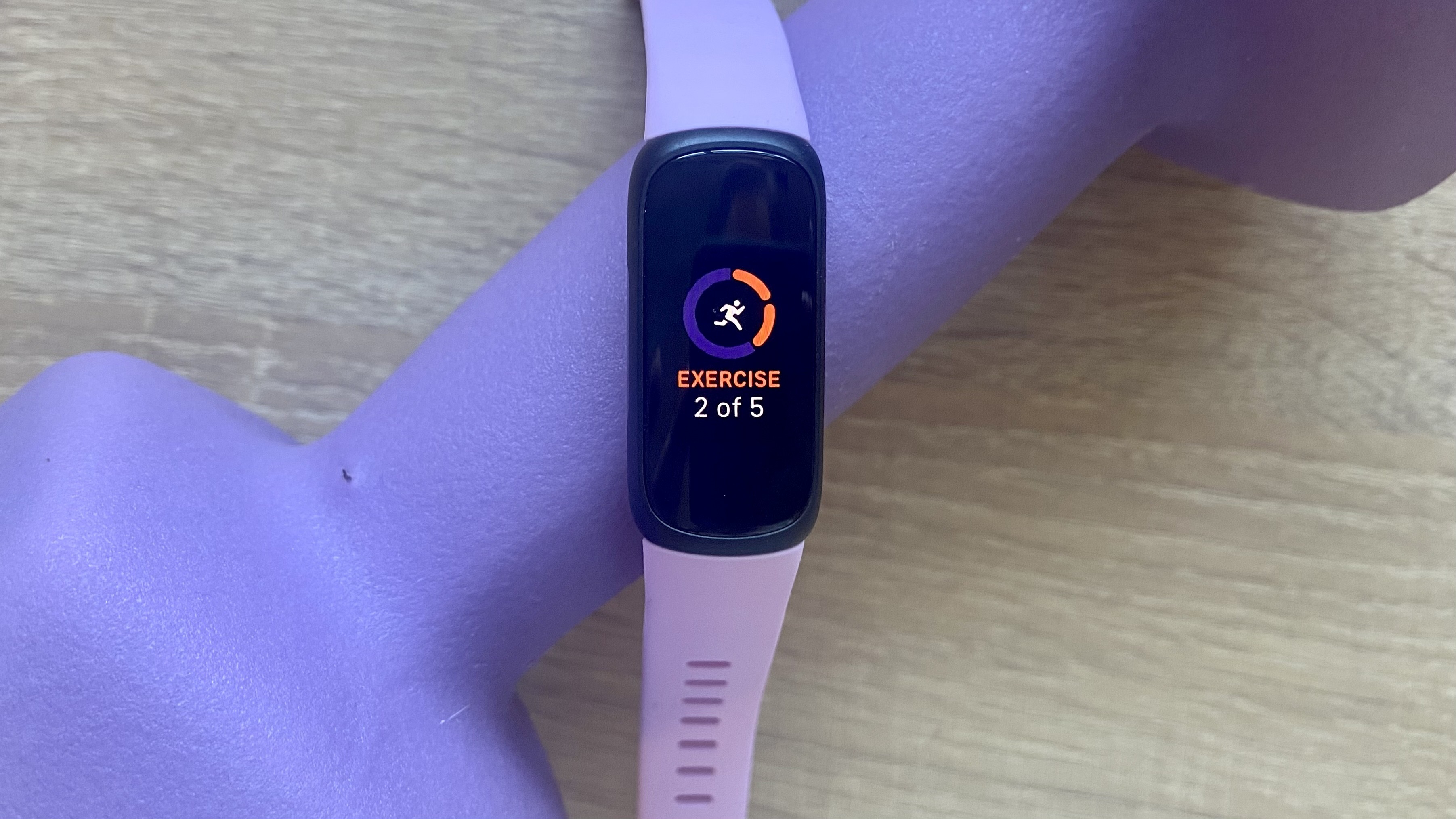
The main difference, however, is evident as soon as the Fitbit Inspire 3 powers up — the newer model has a bright, clear, AMOLED display. I instantly appreciated how the screen’s colorway matched the lilac of the wristband, and found it bright and easy to read, even in direct sunlight. As with the Fitbit Charge 5, the brighter screen instantly gives the tracker a more premium feel, even though the price tag is the same.
Like the Fitbit Inspire 2, there’s two haptic buttons on the side of the tracker, which keeps the weight of the tracker down, and makes it easier to navigate. Of course, the screen itself is pretty small, especially compared to the likes of the new Apple Watch Ultra and the Galaxy Watch 5, but I’d argue that this little tracker isn’t designed for someone who wants to check their Whatsapp messages from their watch — I found that messages would endlessly scroll on the small screen, so I soon turned smart notifications off. Instead, it’s for someone looking to get a better insight into their overall health, without being weighed down by a complicated tracker.
Fitbit Inspire 3 review: Fitness tracking
Like all of the best Fitbits, the Fitbit Inspire 3 will track your heart rate, steps, calories, Active Zone Minutes, stress, SpO2, and sleep, all for under $100. From a fitness point of view, you can load up to six different exercise shortcuts onto the watch, but there’s a list of 21 different options to choose from, including run, walk, bike, kickboxing, Pilates, tennis and golf.
During an activity, you are able to scroll through and see live feedback on the watch, but on such a small screen, this isn’t the easiest thing to do. During testing, I preferred to start the activity, then clip the tracker to my sports bra. Again, you wouldn’t train for a marathon with this watch — on the run, I found the touchscreen wasn’t the most responsive when I had sweaty fingers, and the screen wasn’t the easiest to see, but as the fitness tracker doesn’t have built-in GPS, I’d argue it’s not designed to be a serious training tool, so it would be wrong to mark it down because of this.
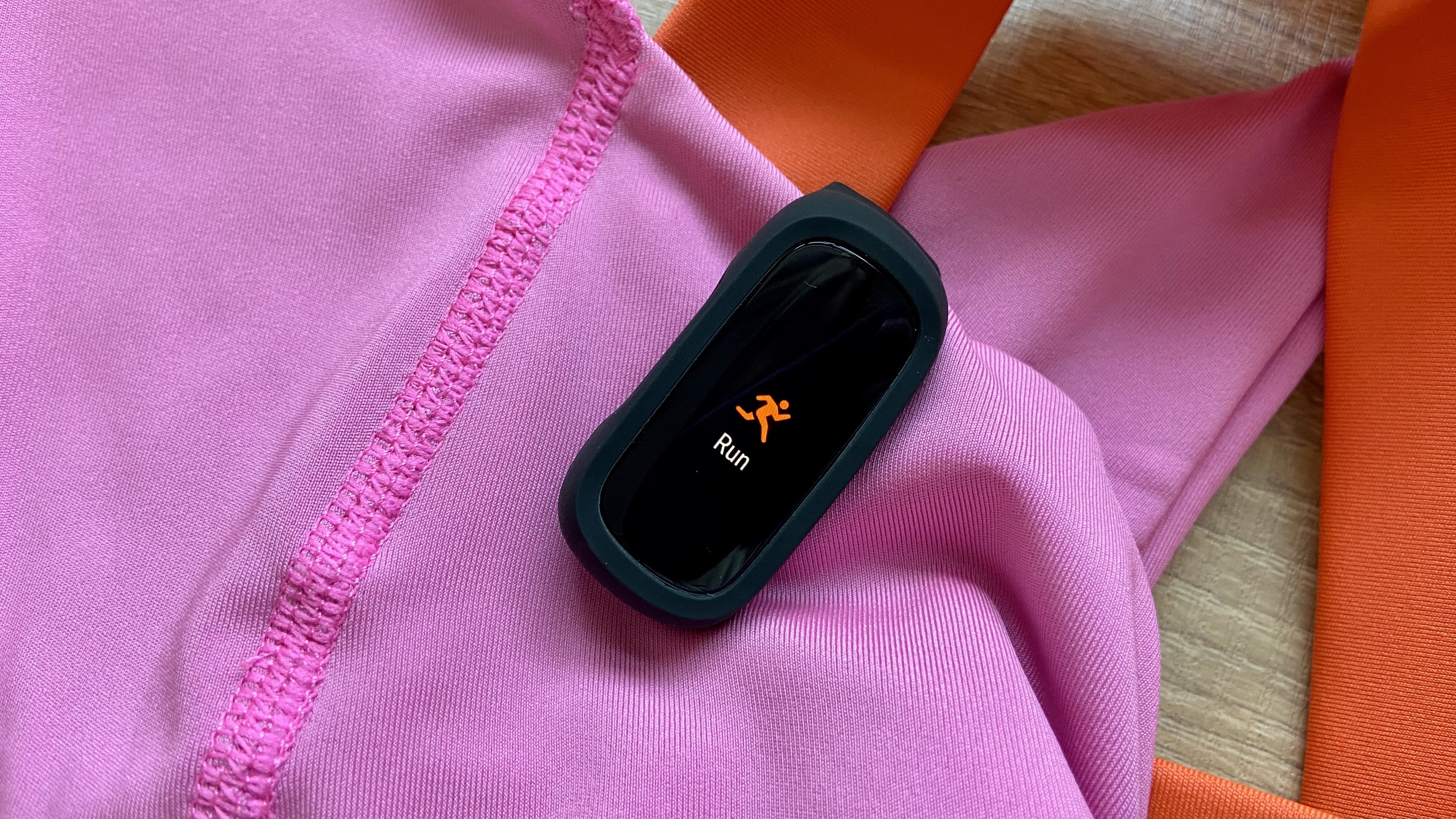
When wearing the Fitbit alongside my Apple Watch 7 for a 30-minute Peloton ride, the heart rate data was pretty much identical on the two trackers. Both recorded an average heart rate of 142 beats per minute, with the Apple Watch reading my max heart rate as 168, and my Fitbit reading it as 163. I wish now I’d worn a chest strap as well, but my point is, the two readings are incredibly similar, and the Inspire 3 is a fraction of the price.
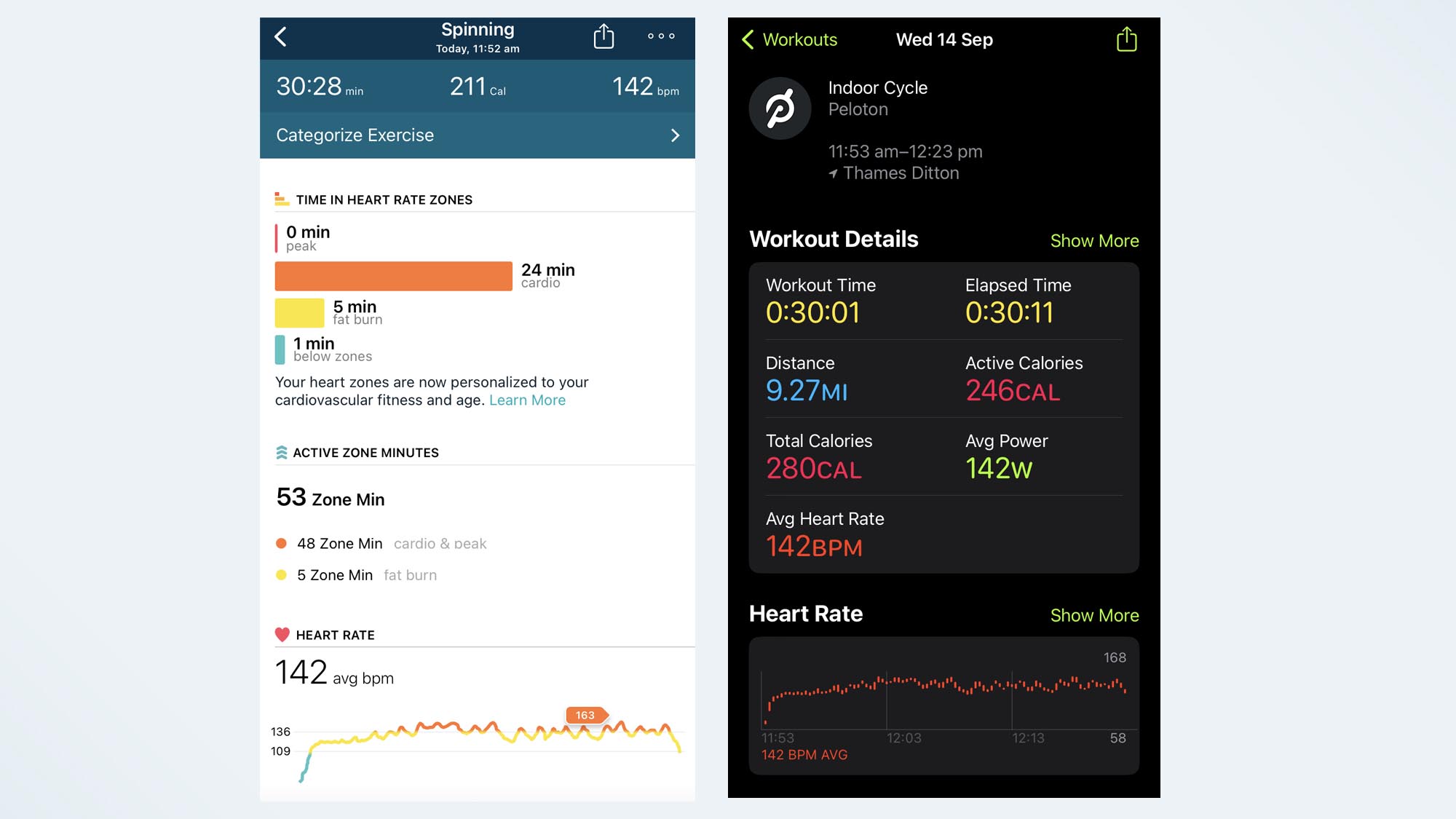
Like some of the other popular fitness trackers on the market, you can also set up move reminder on the watch, to prevent you from spending too long sat down behind your desk. There’s also weekly exercise goals to encourage you to exercise for five days of the week — Fitbit automatically recognizes common exercises like walking, running, and cycling, and these all count towards your goal.
Fitbit Inspire 3 review: Sleep and health tracking
Of course, these days, a fitness tracker isn’t designed to just track fitness, and Fitbit has, for a long time, been impressively good at tracking sleep. The Inspire 3 is no different — I’ve been wearing it to track my sleep for a week, and found it accurately worked out the time I fell to sleep (rather than that 30 minutes I spent lying in bed scrolling through Instagram), and when I woke up in the night.
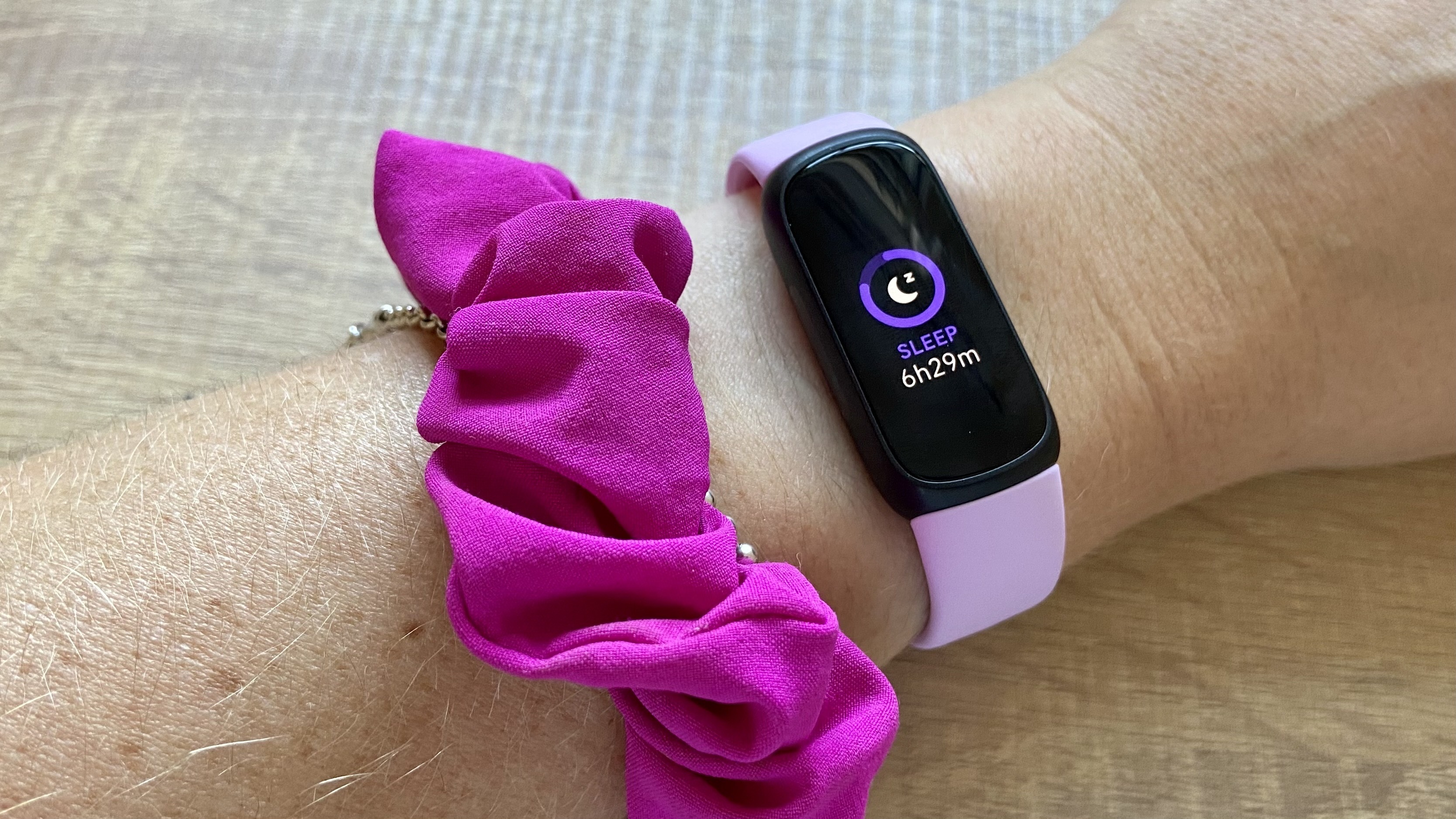
The only thing that bugs me about Fitbit’s sleep tracking is that they put some of the most in-depth information behind a paywall. While free Fitbit members can track their time spent asleep, Fitbit Premium offers subscribers further insight into their sleep, as well as giving a sleep score. The overall nightly sleep score is based on your heart rate, the time you spend awake or restless, and your sleep stages during the night. There are also guided programs to help you improve your sleep, and get into a better bedtime routine.
Sure, this is an affordable tracker, so spending $9.99 a month to get more data isn’t the end of the world, but I kind of feel that once you buy the tracker, you should be able to view all the data, like you can with the best Garmin watches and the best Apple Watches.
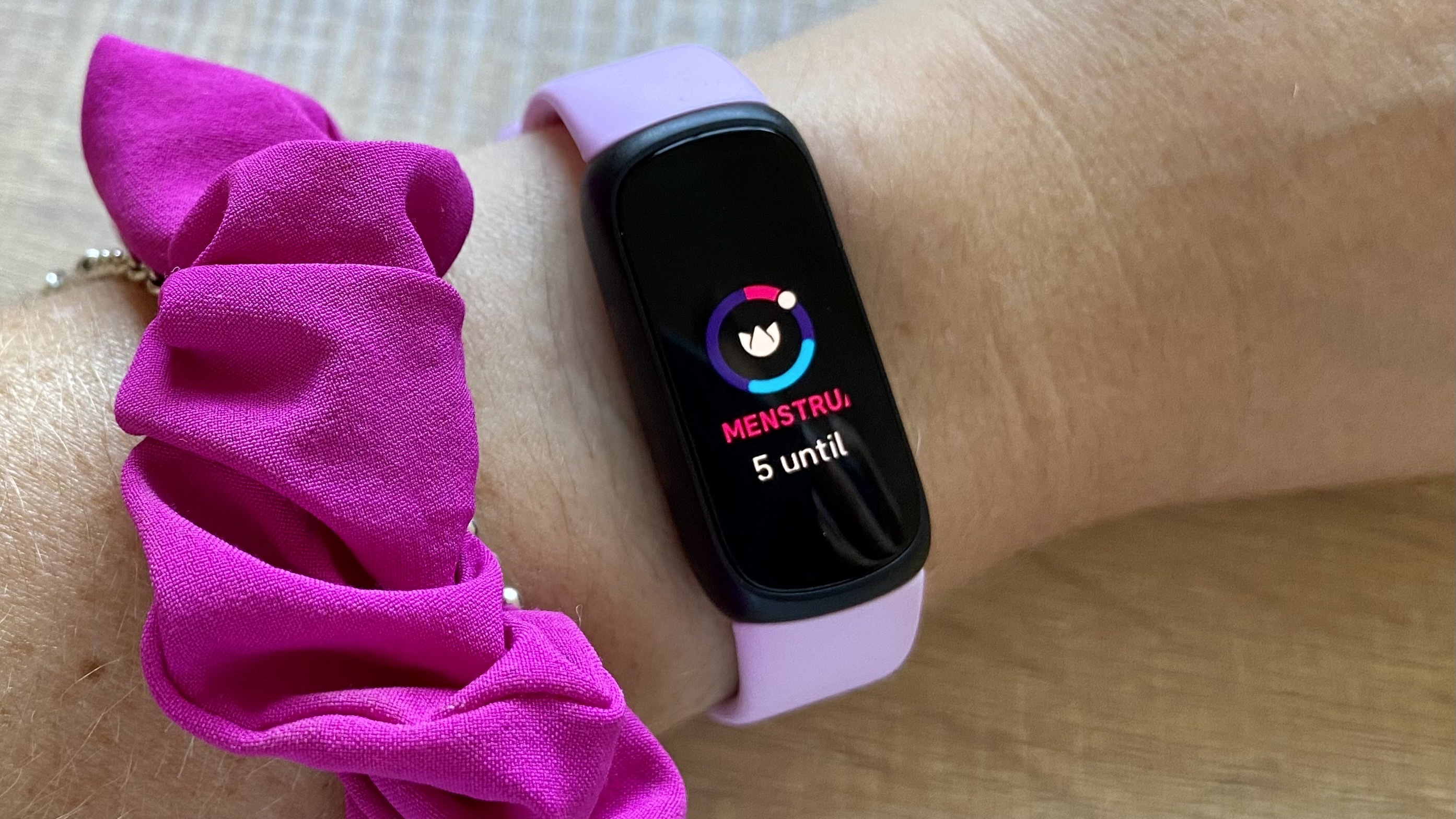
In terms of health tracking, you can use the Fitbit Inspire 3 to track your water intake, changes in your weight and your menstrual cycle. As a runner, I always like to be able to see where I am in my menstrual cycle from my wrist, as I know on certain days of the month, I’m likely to not perform as well as others. I found Fitbit’s period tracking element to be impressive, and appreciated the clear reminders on the Inspire 3.
Fitbit Inspire 3 review: Battery life
Fitbit says the Inspire 3 has up to 10 days of battery life, and I was intrigued to see whether this checked out, especially with addition of the brighter, colored screen. I used the Fitbit Inspire 3 pretty solidly, with the always-on display turned on, doing at least one workout a day, for a week, and finished with the tracker on 10%. Pretty good going, especially considering I’d charged my Apple Watch 7 every night in that time (perhaps this is an unfair comparison — the Inspire 3 doesn’t have built-in GPS, so tracking activities don’t act as too much of a drain on the battery life, whereas the Apple Watch 7 does).
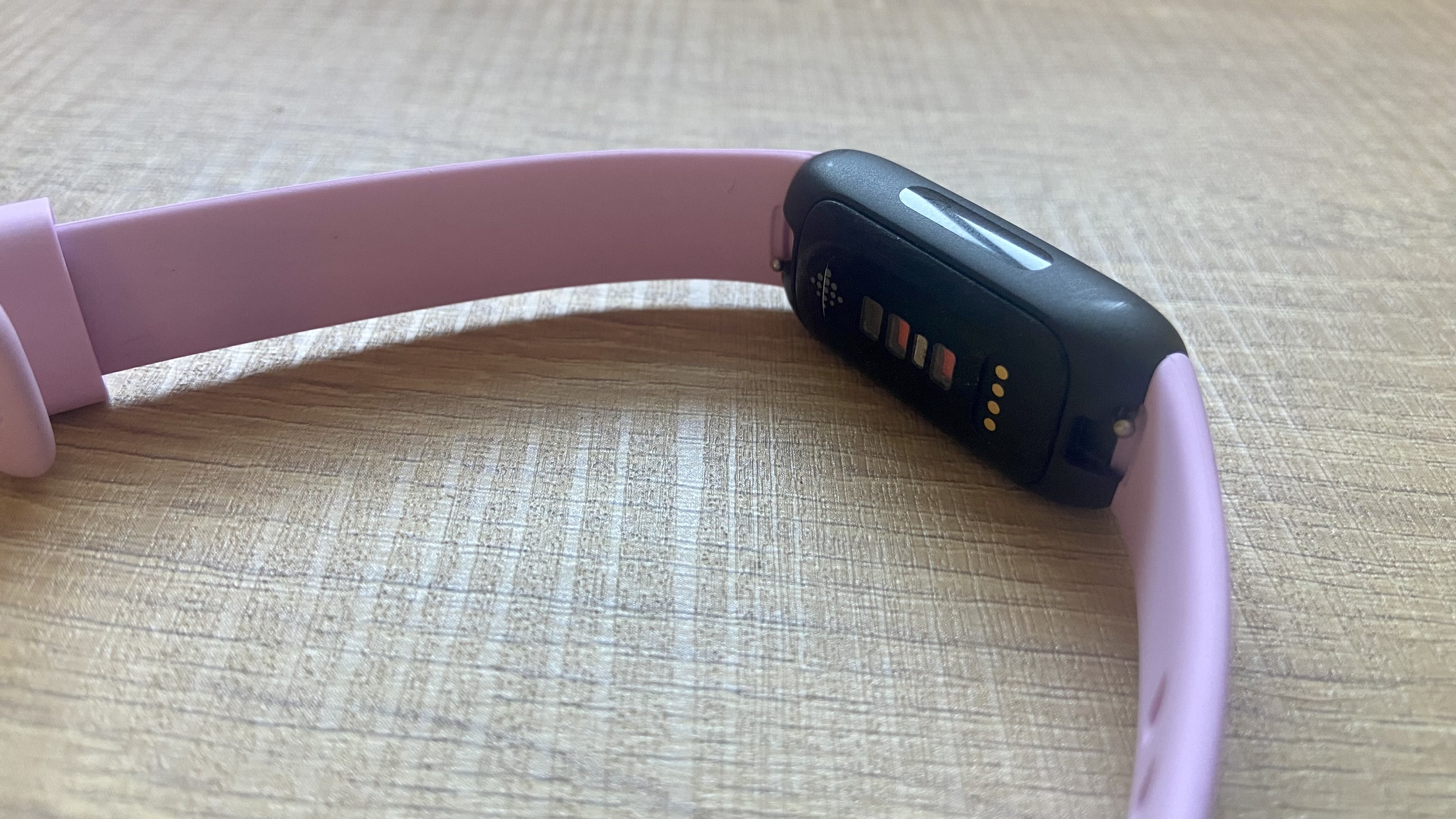
Obviously turning the AOD off might have extended the battery life of the tracker, but it’s still impressive. It also charged back up from 10% to fully charged in just under two hours.
Fitbit Inspire 3 review: Verdict
The Fitbit Inspire 3 is an excellent, affordable fitness tracker for anyone looking to take their first steps into fitness, or just gain a better understanding of their overall health. The color screen upgrades this watch from good to great, and for the price, you won’t find a fitness tracker that tracks all the basics in such an attractive package.
That said, if you’re training for a race, or looking for a Fitbit that’ll keep track of your outdoor runs, it’s worth spending a little more and investing in the Fitbit Charge 5, which has built-in GPS, and a similarly bright screen. But if you’re looking for the best fitness tracker under $100, the Fitbit Inspire 3 should be at the top of your list.
Stay connected with us on social media platform for instant update click here to join our Twitter, & Facebook
We are now on Telegram. Click here to join our channel (@TechiUpdate) and stay updated with the latest Technology headlines.
For all the latest Technology News Click Here
